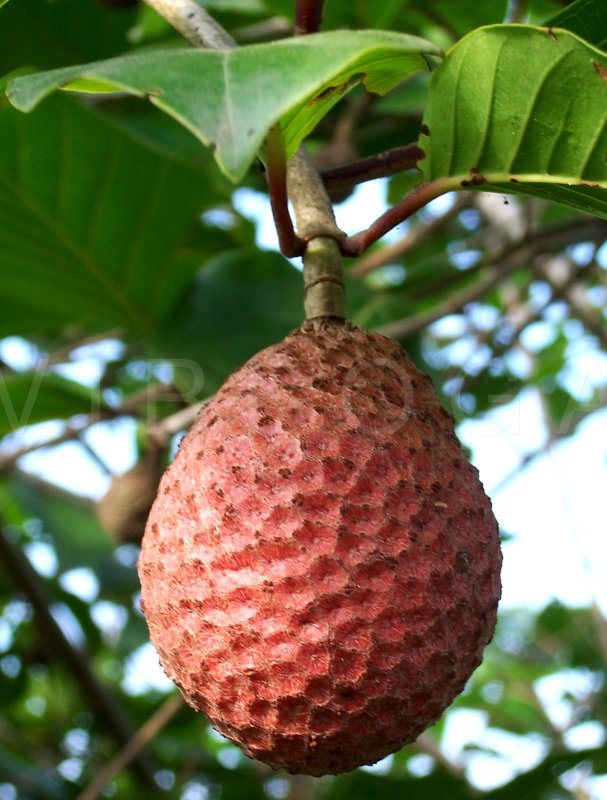Sarcocephalus latifolius

|
|
Scientific
Classification
Synonyms: Species ID: NMP-236;wfo-0000303384;NCBI_Taxonomy ID: 43573 Common
Names: African peach, Guinea peach; Negro peach Local
Names: Sierra Leone: peach, country fig (of Sierra Leone),
strawberry tree (Kerharo & Adam). French: pêcher africain (Kerharo &
Adam), liane a fraise (Ferry et al.), liane-fraise (Bailleul). Trade: the bark
- African cinchona, African quinine, kina du Rio Nunez (French); the root -
peach root, egbessi root (from Yoruba: egbesi), woacroolie root (from wuacruli,
a Sierra Leonean name). Senegal: Vulgar dundake (JB), Balanta batio (K&A),
feas (K&A), Banyun diuo (K&A), Basari a-podo (K&A), a-pordo
(K&A), a-prodo (K&A), Bedik ga-moyox (K&A), ga-nsoykr (FG&G),
ga-noyokro (after K&A), Diola buribolu (AS fide JMD; FB), fumulediuluk. Description Sarcocephalus
latifolius is a
multi-stemmed shrub or small tree, reaching up to 12 meters in height. It
features an open canopy with grey-brown, deeply fissured bark. The leaves are
shiny dark green above and paler below, wide oval in shape, measuring 10–21 cm
in length. The plant produces fragrant white-yellow flowers arranged in
solitary, rounded terminal heads approximately 4–5 cm across. Its fruit is a syncarp,
a compound oval-round ball 5–8 cm in diameter, red with sweet edible flesh, and
a rough surface covered with five-sided pits. Flowering occurs from April to
June, with fruits ripening between July and September. Distribution
and Habitat Native
to West and Central Africa, Sarcocephalus latifolius is found in
countries such as Nigeria, Benin, Ghana, and Cameroon. It thrives in moist,
well-drained soils, often near watercourses, within savanna woodlands and
seasonally dry tropical biomes. Medicinal
Properties The
plant holds significant value in traditional medicine:
Additionally,
the bark and roots contain an opioid compound similar to the analgesic drug
tramadol, offering potential pain-relief applications. Known
Toxicity There
are no widely reported toxic effects associated with Sarcocephalus
latifolius. However, as with all medicinal plants, it is advisable to
consult knowledgeable practitioners before any medicinal use. Additional
Information Beyond
its medicinal uses, the fruit of Sarcocephalus latifolius is edible and
enjoyed for its sweet taste. The plant also contributes to soil stabilization
and serves as a live stake in farming practices. References
External
links
More Pictures |
|
| Compounds of Sarcocephalus latifolius | |
| References |